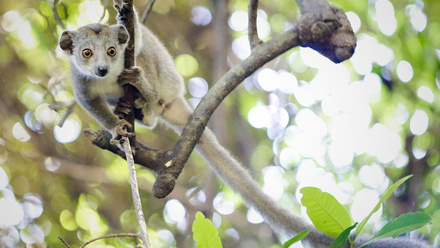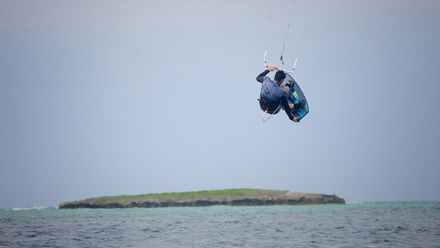The fourth largest island in the world, little known Madagascar is known as the ‘Galapagos of the Indian Ocean’ because 85% of its fauna and flora is endemic and it's one of a few official world biodiversity hotspots. Travellers can enjoy diving, snorkelling, hiking, wildlife and bird spotting in stunning natural landscapes. Madagascar is ideal for those who've visited Africa before and seek new adventures to explore, off the beaten track.
Website | Facebook | Instagram | YouTube | Twitter
Must See / Do
The SAVA region
The SAVA region is famed for its stunning landscapes, rich biodiversit and unique cultural heritage. Home to three extraordinary national parks, namely Marojejy National Park, Masoala National Park and Zahamena National Park, travellers can experience pristine rainforests, waterfalls and endemic wildlife.
Antsirabe
The city boasts many attractions, including its historic train station, Lake Tritriva, and its distinctive rickshaws known as 'pousse-pousse'. Set in picture-perfect landscapes, Antsirabe is conveniently close to a number of national parks which makes it the ideal spot to use as a base for travel.
Nosy Be
The largest of 20 islands in the Mozambique Channel off Madagascar's northwest coast, Nosy Be is the country's most popular beach destinations with pure white sand and azure warm waters. Scuba diving, snorkelling and deep-sea fishing are popular attractions.
Antsiranana
Antsiranana is an idyllic holiday destination that offers a range of exciting water and land adventures. In the middle of the harbour, a small island (nicknamed ‘the sugarcube’) rises out of the water, and the region is ringed by a lush hillscape - great for nature walks and birdspotting.
Regions
 Antananarivo
Antananarivo
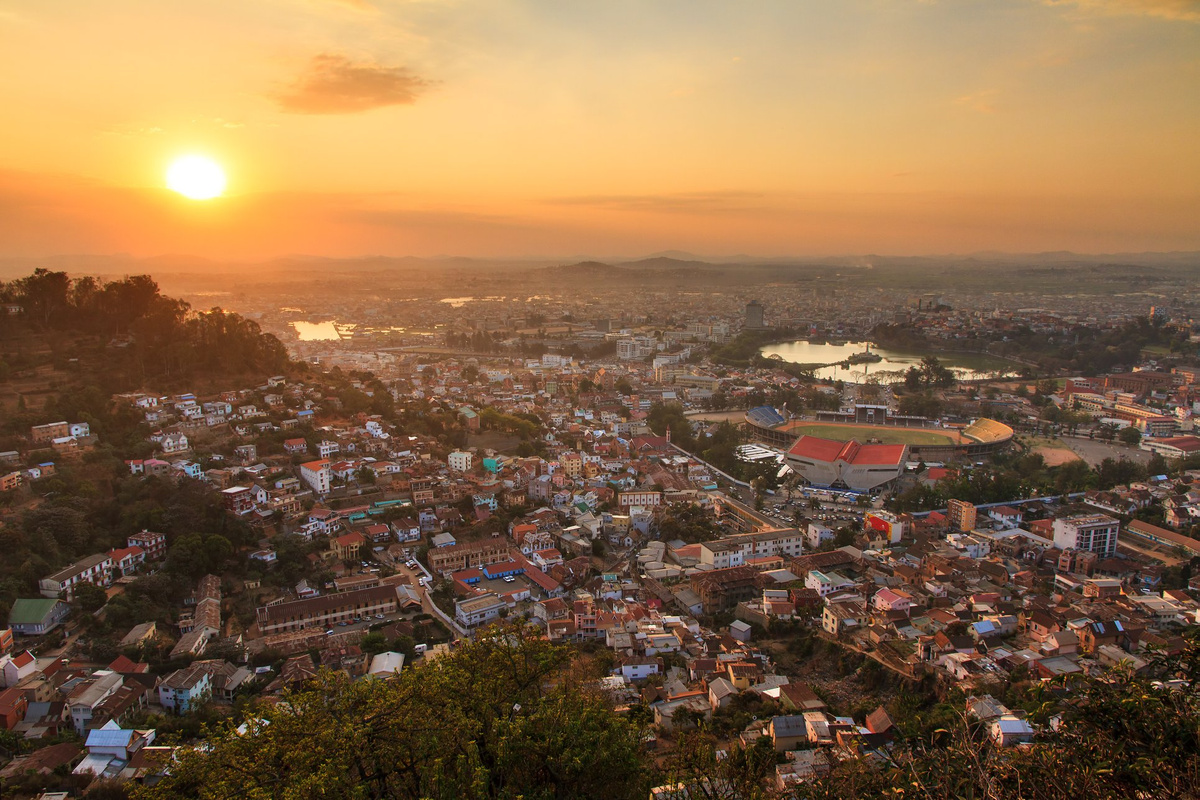
Capital of Madagascar, Antananarivo was founded in 1625 by King Andrianjaka and takes its name ('The City of the Thousand') from the number of soldiers Andrianjaka assigned to guarding it. With a multitude of historical and cultural landmarks for visitors, attractions include the Rova of Antananarivo (the royal palace), Avenue de L'Indépendance and Analakely Market for shopping pursuits, Tsimbazaza Park for a zoo, arboretum and two museums and Lac Anosy, a heartshaped lake idyllic for walks and picnics.
 Antsirabe
Antsirabe

Known as Madagascar's 'Vichy' due to its thermal waters, Antsirabe is the country's third largest city and is located in the central highlands surrounded by volcanic massif. The city boasts many attractions, including its historic train station, Lake Tritriva, and its distinctive rickshaws known as 'pousse-pousse'. Set in picture-perfect landscapes, Antsirabe is conveniently close to a number of national parks which makes it the ideal spot to use as a base for travel.
 Nosy Be
Nosy Be
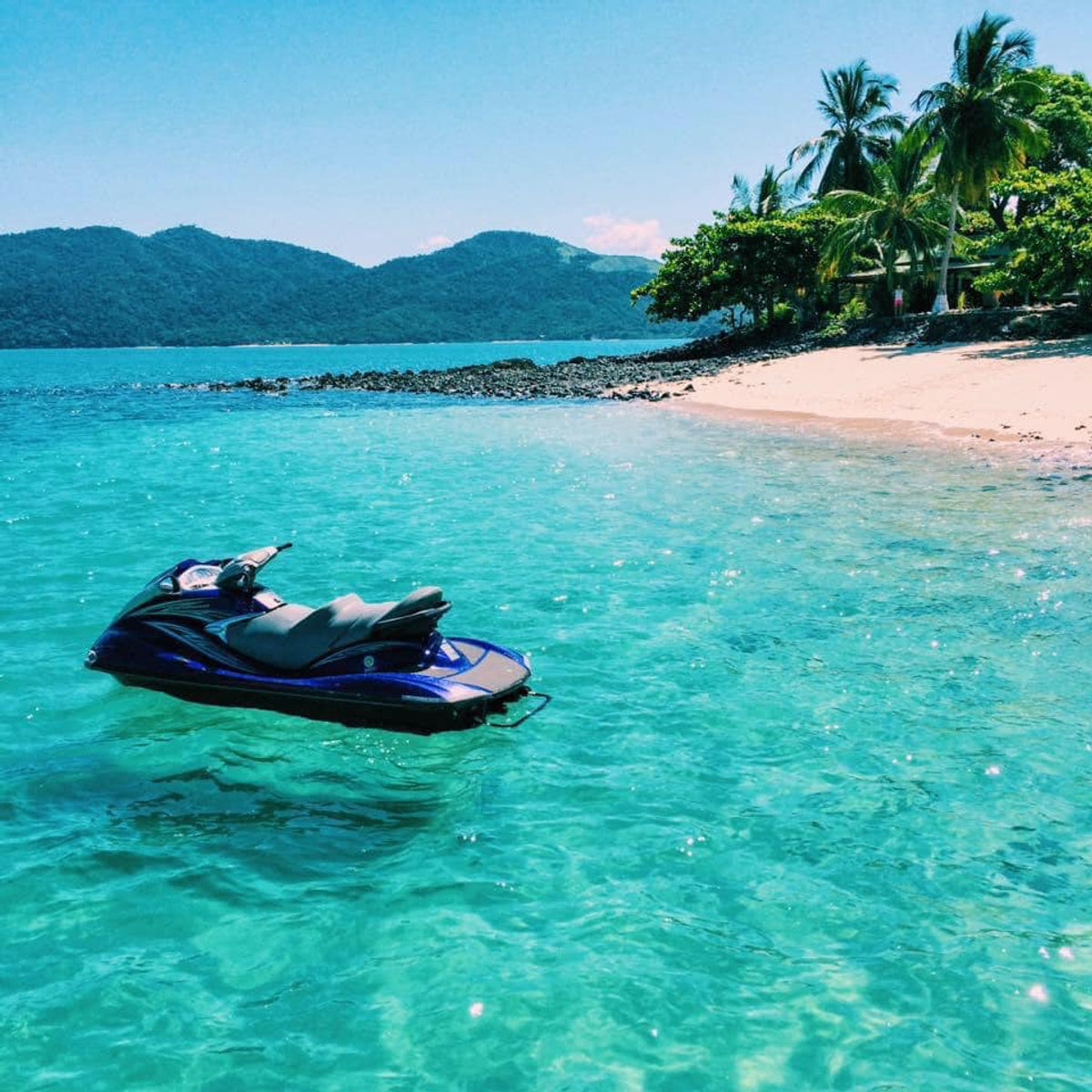
The largest of 20 islands in the Mozambique Channel off Madagascar's northwest coast, Nosy Be is the country's most popular beach destinations with pure white sand and azure warm waters. Scuba diving, snorkelling and deep-sea fishing are popular attractions. Named, 'The Island of Perfumes' because of its scents of ylang ylang, sugar cane and spices, visitors can enjoy walking trails and spot wildlife including the vulnerable black lemur at Lokobe National Park. Mont Passot is a volcanic hill on Nosy B that offers scenic views.
 Antsiranana
Antsiranana
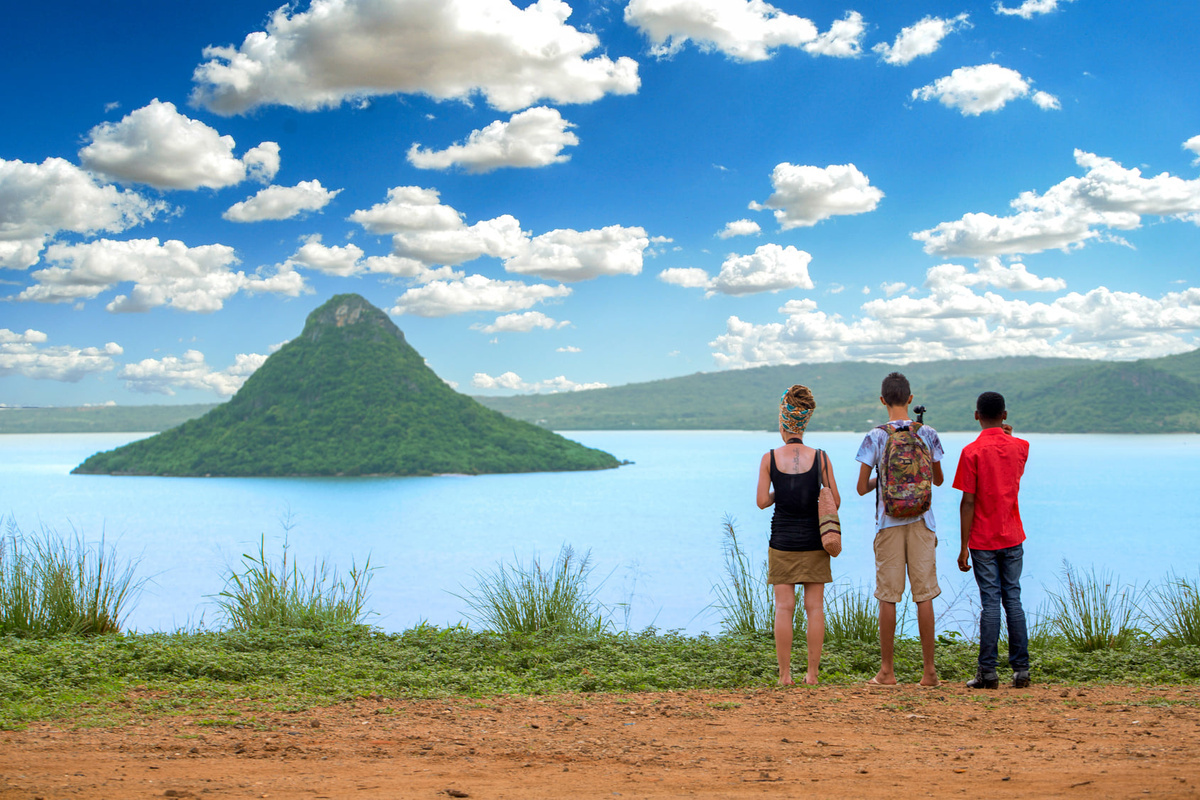
The main city in the north, Antsiranana is an idyllic holiday destination that offers a range of exciting water and land adventures. In the middle of the harbour, a small island (nicknamed ‘the sugarcube’) rises out of the water, and the region is ringed by a lush hillscape - great for nature walks and birdspotting. There are stunnning turqoise bays around the east coast, perfect for diving, surfing and kitesurfing. Other attractions include a visit to the Amber Mountain National Park with some of the most pristine montane rainforests in the world or a hike up French Mountain, home to lemurs and baobabs.
 SAVA
SAVA
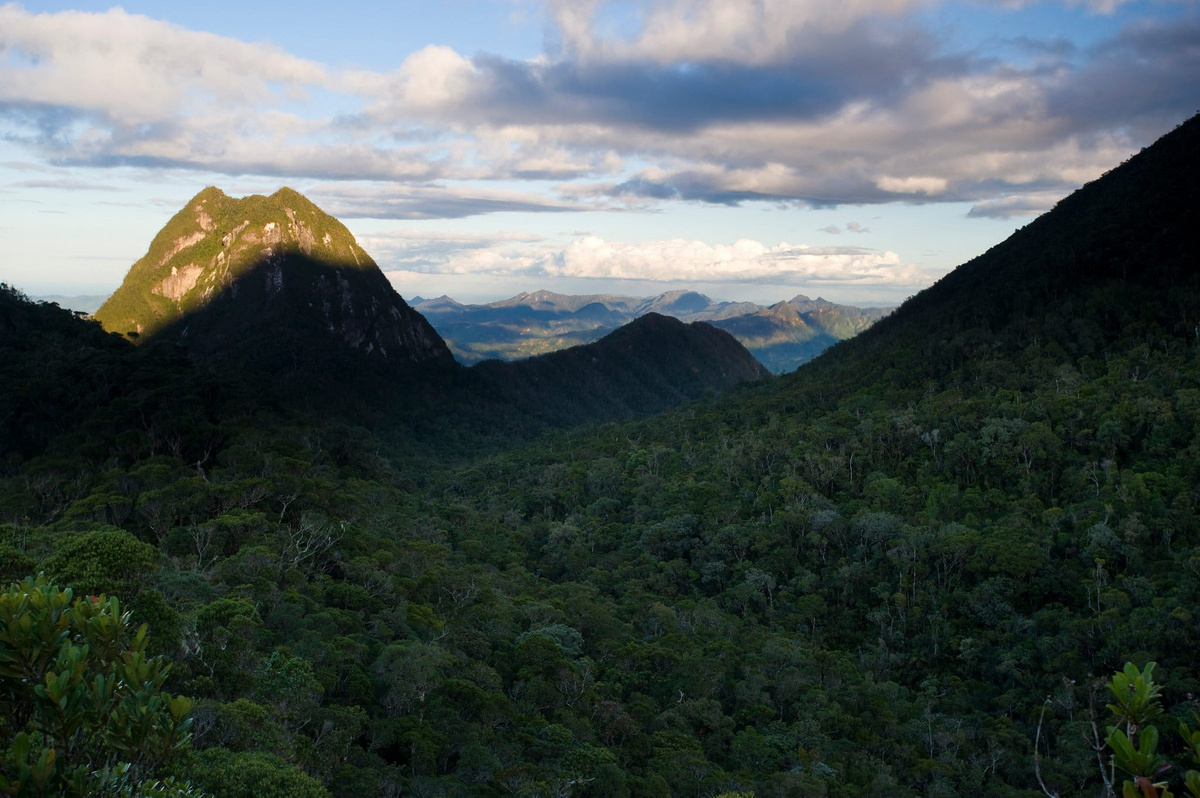
Known as the green lung of Madagascar, spanning nearly 25 000km², the SAVA region is famed for its stunning landscapes, rich biodiversity and unique cultural heritage. Home to three extraordinary national parks, namely Marojejy National Park, Masoala National Park and Zahamena National Park, travellers can experience pristine rainforests, waterfalls and endemic wildlife. Attractions include hiking, wildlife spotting, birdwatching and mountain/quad biking through the coconut plantations.
 Majunga
Majunga

Located in the northwest of the country and nicknamed the 'City of Flowers', Majunga is nestled near the Mozambique Canal and it lies at the mouthpiece of the Betsiboka River. The region draws visitors from around the world who flock to experience its beautiful beaches, palm-lined seaside promenades, lush tropical landscapes, baobabs, scattered islands, forest reserves, lakes and caves. Attractions include watersports, boating, birdwatching, nature trails and cave explorations.
 Fort Dauphin
Fort Dauphin
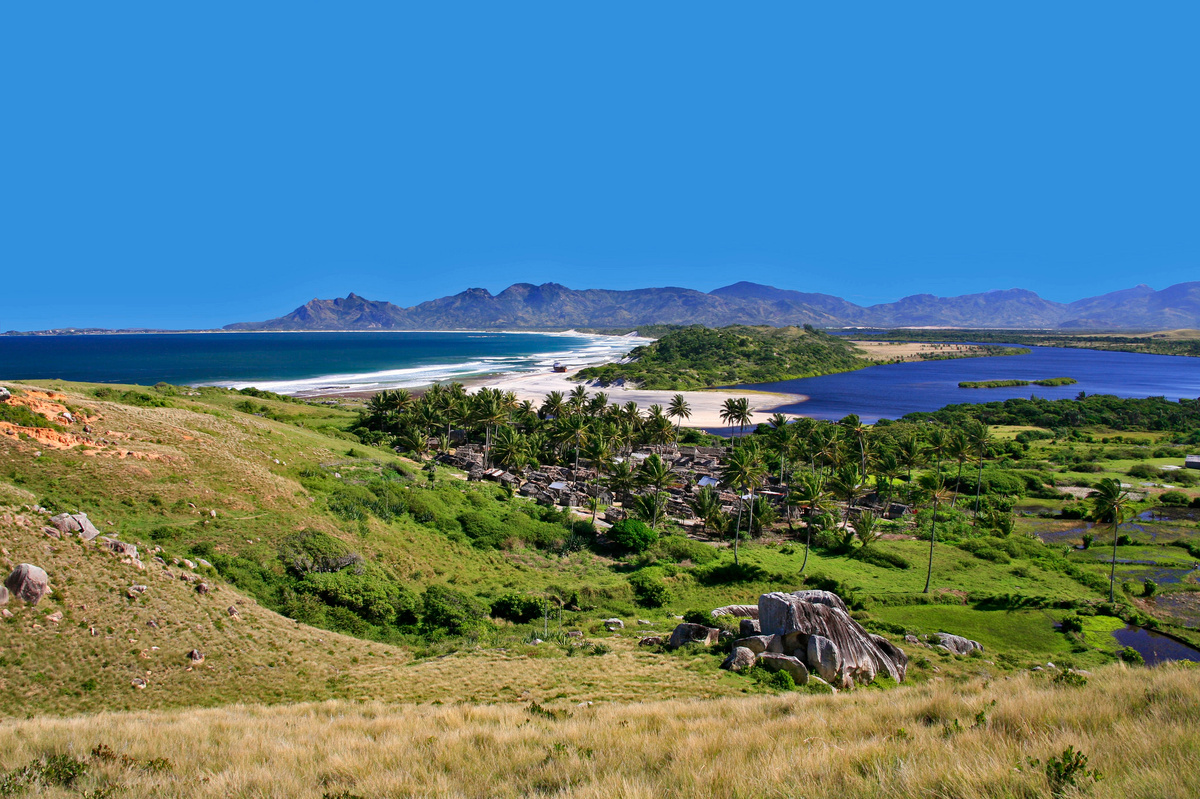
Nestled at the foot of the Pic Saint Louis, Fort Dauphin is paradise for nature lovers and adventure travellers. The peak offers excellent hiking trails with stunning views of Sainte Luce, the bay of Lokaro, the Dauphine cove, the beaches of Libonona - to name a few. The Andohahela National Park, located just outside of the city, is a UNESCO World Heritage Site and offers trails through lush forests with wildlife and bird sightings. Adventure enthusiasts can enjoy surfing, diving, snorkeling, swimming and more.


